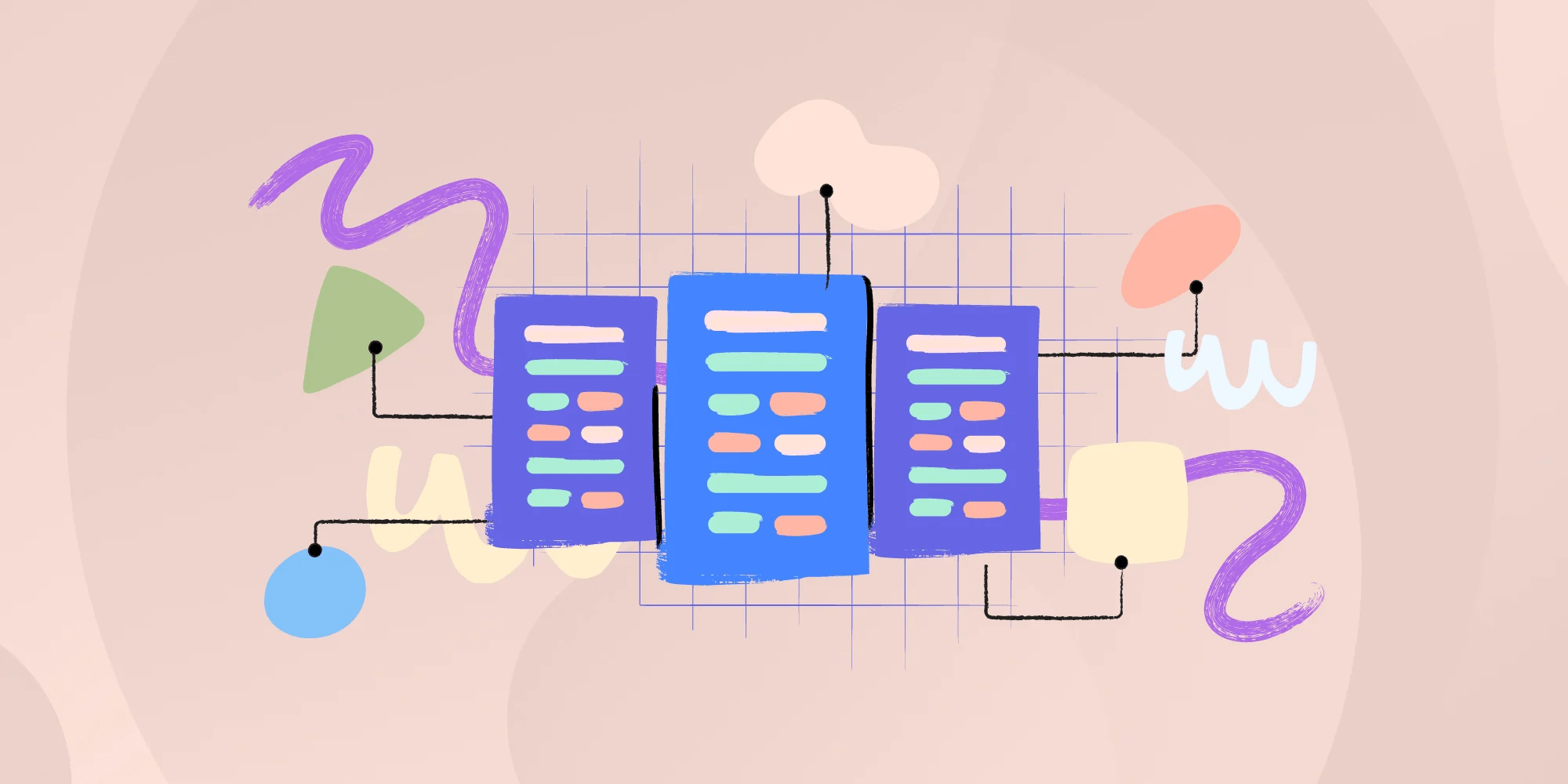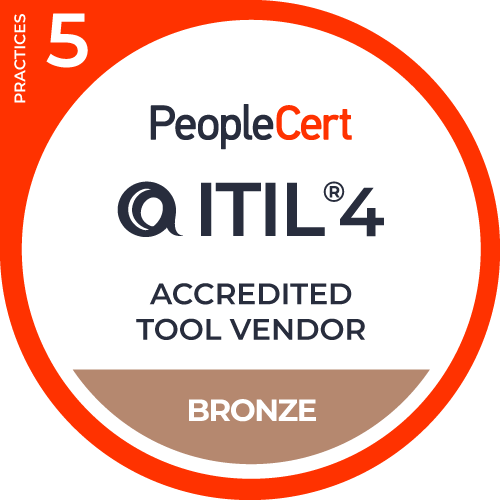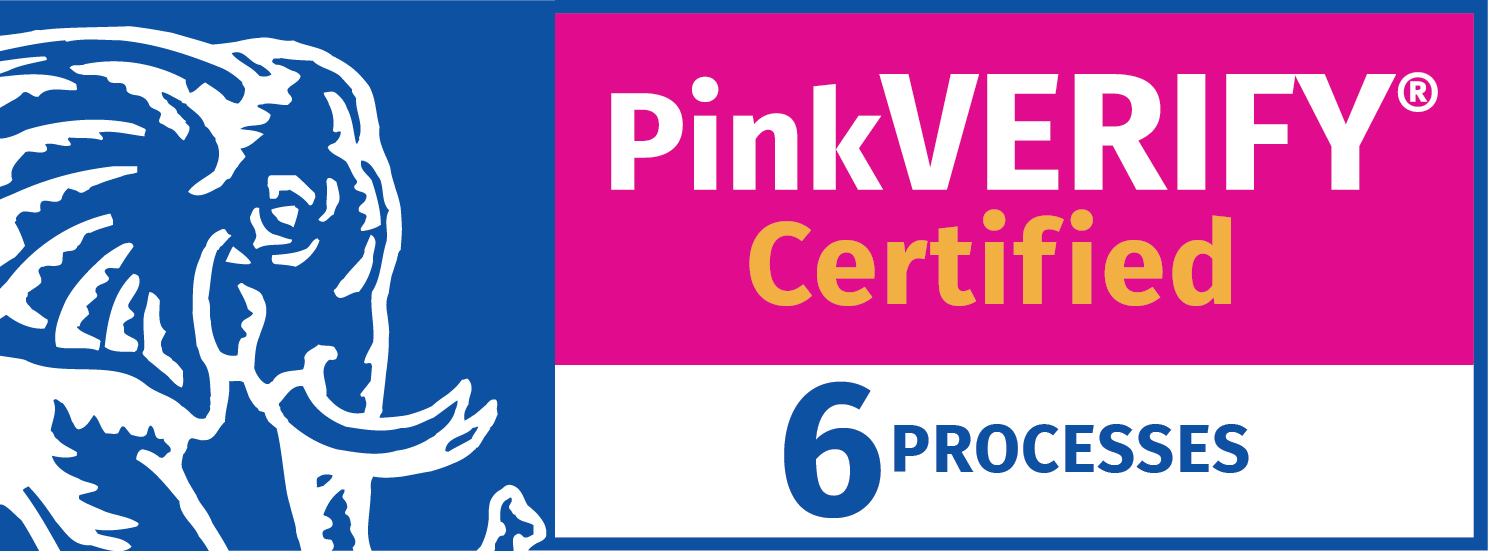Governance, Risk, and Compliance or GRC are the measures we put in place to protect our organization and its people.
As its name implies, it goes beyond just Risk Management. GRC builds a broader framework by incorporating governance and compliance requirements to keep organizations globally protected.
Done well, it ensures we have the proper guardrails in place, meet our expected responsibilities, and protect the business from internal and external threats.
In this article we will learn all about the GRC framework’s full scope: what it takes care of, how it works, and its main benefits and challenges. Finally, we will see how to implement the framework and what to look for in a tool to streamline these activities.
Let's get started.
|
|
What is Governance, Risk, and Compliance (GRC)?
The OCEG (the artist formerly known as the "Open Compliance and Ethics Group") defines GRC as "the integrated collection of capabilities that enable an organization to reliably achieve objectives, address uncertainty, and act with integrity — to achieve Principled Performance."
We'll look into each area in more detail below.
- Governance -The frameworks in place to ensure a company's activities are in line with business objectives. Governance activities include policies, procedures, and structures to manage and monitor company activities.
- Risk - How risk is managed in the organization. Risk Management sets the overall organization cadence for risk and how to work to ensure risks are identified, assessed, and managed appropriately.
- Compliance - Compliance ensures that the organization works in a way that aligns with all necessary laws and regulations.
Six benefits of GRC
GRC is vital for an organization because it keeps the business, data, and people safe. Benefits of GRC include:
- More effective legal and regulatory compliance - It supports businesses in understanding the regulations, standards, and laws pertinent to their industry. This ensures that the company operates within the legal framework avoiding sanctions, fines, and reputational damage.
- Better Risk Management - It helps organizations put a structured framework in place to identify, prioritize and manage risks.
- Improved operating efficiency - Having the appropriate GRC controls in place means that processes are centralized, and by automating risk and compliance tasks, the potential for human error is reduced, and resources can be allocated more effectively.
- Better decision-making - Because GRC is so structured, it pulls in all data related to governance, risk, and compliance into a single view, a GRC windowpane if you like, helping colleagues to make decisions based on data and facts.
- Increased confidence - This is, both internally and externally. Applying GRC controls will increase colleague confidence that the organization operates transparently and safely. It can also act as a market differentiator. By investing in GRC, potential customers will feel confident that their data and information will be safe.
- Continual improvement - GRC frameworks include mechanisms for reviewing and improving working practices so that organizations can adapt to changing regulatory requirements, risk status changes, and business needs.
How GRC works
In simple terms, GRC works by protecting the organization and its data. But, to do so it takes an enterprise approach and works across the business to ensure the correct governance structures are in place, risks are managed appropriately, and compliance matters are met.
Day-to-day GRC activities include:
| Documentation Management | Creating the appropriate policies, processes, and procedures to ensure all colleagues consistently apply the GRC framework. |
| Risk reviews | Ensuring that organizational risks are assessed, prioritized, and acted upon effectively, efficiently, and safely. |
| Compliance monitoring | Monitoring adherence to the relevant laws, rules, and regulations of your organization and industry, as well as horizon scanning for any changes. |
| Stakeholder Management | Updating senior management and colleagues across the business on the overall health of the GRC function. |
| Incident Management | Having a plan for dealing with GRC information security and data safety incidents and ensuring an appropriate response plan. |
| Training and awareness | Creating content for training and awareness so that all colleagues understand GRC and are confident of their roles and responsibilities. |
| Internal controls | Ensuring that internal controls are fit for purpose and use. This involves reviewing existing controls, stress testing them to ensure they can continue to meet demand, identifying weak areas, and improving them where appropriate. |
| Supplier Management | Working with suppliers and vendors to ensure GRC requirements are met and codified in SLAs and contracts. |
| Reporting | Generating reports on the overall GRC health status and the effectiveness of existing controls. |
| Audits | Carrying out internal audits to verify that existing controls are working as they should be and working with teams across the business to prepare for external audits. |
| Continual improvement | Reviewing the existing policies, procedures, and ways of working against current best practices and looking for improvement opportunities. |

7 Steps For a Successful GRC Implementation
Key stakeholders of GRC include:
| Senior Management | Makes strategic decisions while balancing organizational risk. |
| The GRC Team | Provides subject matter expertise. |
| The Legal Team | Counsels all legal matters and reduces the organization's legal exposure. |
| The HR Team | Deals with data protection and colleague personal information. |
| The IT Team | Ensures the IT ecosystem is secure and corporate data protected. |
Components of the Governance, Risk, and Compliance Framework
GRC doesn't work in isolation. Actually, it’s quite the other way round. The GRC activities are large scale and complex. It is a holistic approach and interacts with every function and team across your organization. To do so, the capability model and maturity scale work together to make sure the GRC framework operates effectively.
GRC capability model
The GRC capability model is the framework for GRC professionals to follow. It is a body of knowledge that will support colleagues in GRC roles to understand and carry out their responsibilities. It is also known as the OCEG red book.
Four components make up the the capability model:
- Learn - This stage is about understanding the organizational context and key stakeholders to set out and inform objectives, scope, strategy, and actions. It is the planning stage to ensure the rest of your GRC processes run effectively.
- Align - This stage ensures that the overall strategy defined in the learning stage aligns with organizational objectives. This is done using effective decision-making that addresses values, opportunities, threats, and operational requirements.
- Perform - This stage includes the actions that promote and reward desirable behaviors and identify and remediate non-compliant actions quickly and effectively.
- Review - This stage ensures the design and operational effectiveness of the strategy and actions and looking at ways to improve the GRC ecosystem.
GRC maturity levels
To further support GRC efforts and practices, maturity levels refer to the stages of development an organization has achieved in implementing and managing their GRC practices. It helps them assess where they are at and what can be improved.
So, as your GRC capability matures over time, so will its maturity. The following table sets out how the process maturity model works:
| Score | Definition |
| 1: Initial | The process isn't clearly defined, Risk Management is ad hoc, and the success of the process depends on individuals rather than collective good practice. |
| 2: Preliminary | Risk can be defined but not consistently. Some processes are in place, but the operating environment is siloed. |
| 3: Defined | Risk is managed through a common assessment and response framework, and a companywide view is provided to the senior leadership team. Action plans are engaged in response to the highest priority risks. |
| 4: Integrated | GRC activities are coordinated across the business and are underpinned by monitoring, measurement, and reporting. |
| 5: Optimized | Risks are managed in line with organizational objectives, and GRC considerations are embedded in strategic planning, capital allocation, and other processes. Solid early warning systems and risk thresholds in place and risk are included in strategy and performance discussions. |
Four challenges of implementing GRC
As Ted Lasso once said, "Taking on a challenge is a lot like riding a horse, isn't it? If you're comfortable while you're doing it, you're probably doing it wrong." Implementing or improving GRC will have challenges. Some common ones include:
- Stakeholder's buy-in - GRC needs buy-in to be genuinely effective. Start with senior management so that you get support in place from the outset.
- What to look for in a tool - The GRC marketplace is crowded. When defining requirements, make sure you sit with all your stakeholders to prioritize the functionality your company and its people most need.
- Setting scope - Setting the proper scope for your organization is important. Set it too wide, and you risk people getting overwhelmed, and too narrow and serious issues could be missed. When setting your scope, start with your legal and regulatory requirements and build from there. You can always expand your scope later once your processes become more established.
- Data integration - The GRC landscape can be complicated, especially if you're trying to review data from multiple sources. If you have to deal with numerous tools, look for ways to centralize the data to make it easy to view and communicate.
GRC tools and must-have features
GRC software implementation typically involves installations that include vendor negotiation and data coordination between the vendor's technical team and multiple departments in the organization (such as business, IT, security, compliance, and auditing).
Thus, GRC tools must let you juggle a wide range of safety and protection-oriented activities. So, they need to be packed with specific features, as well as scalability and customization capabilities.

Best GRC Software Options For 2024
When looking for GRC software, make sure that it offers:
- Business-focused workflows that allow for the involvement of various departments to analyze and manage risk across the whole organization.
- A Configuration Management Database or CMDB to map out and get clear access to service dependencies.
- An Incident module for the correct management of security incidents.
- APIs and integrations with other tools to synchronize your data and encourage collaboration and communication between teams.
- An app version so that the tool can be used on mobile devices.
- Automation features to take care of frequent questions or tasks, reducing both errors and the workload.
- Integrated reporting and analytics to track performance and make improvements. When working with multiple teams particularly, it’s important for it to be easy and quick to export and share data across multiple platforms based on stakeholder preferences.
And guess what? InvGate Service Management and comes with all these and more, of course! Workflows, automation, Incident Management, a free API, reporting, you name it!
Plus, it integrates seamlessly with InvGate Asset Management, providing you with a complete CMDB that not only shows your assets’ relationships but also the history of logs to hold your team accountable.
Sounds interesting? Request our 30-day free trial and take it out for a spin!
Key takeaways
GRC is a widespread set of practices that enables organizations to appropriately manage their governance, risk, and compliance obligations while reliably achieving business objectives, addressing uncertainty, and acting with integrity. The OCEG manages the industry body of knowledge and sets out the guidelines to follow when implementing the software.
As we mentioned, the framework requires the coordination of different tasks and teams. And to be able to do that, you need robust software on your side that’s intuitive enough to be accessed by people with different levels of tech knowledge.
If you want to see how InvGate Service Management fits the role, remember that you can ask for a 30-day free trial!
Frequently Asked Questions
What does GRC stand for?
GRC stands for Governance, Risk, and Compliance.
Why is Governance, Risk, and Compliance important?
GRC is important because it protects the organization from financial penalties, reputational damage, and legal action. Put simply, GRC will protect your organization and its people from harm.
What are GRC tools?
GRC tools are software services that can help you automate your GRC offering.
How to become a GRC analyst?
Start engaging with the OCEG to explore career options and get certified.
What does a GRC analyst do?
A GRC analyst will typically facilitate compliance with regulatory requirements, assess risk, and develop reports on GRC metrics.
Is a GRC certification worth it?
It is if you want to pursue a career in GRC. Being certified gives you a solid baseline and a common language.




